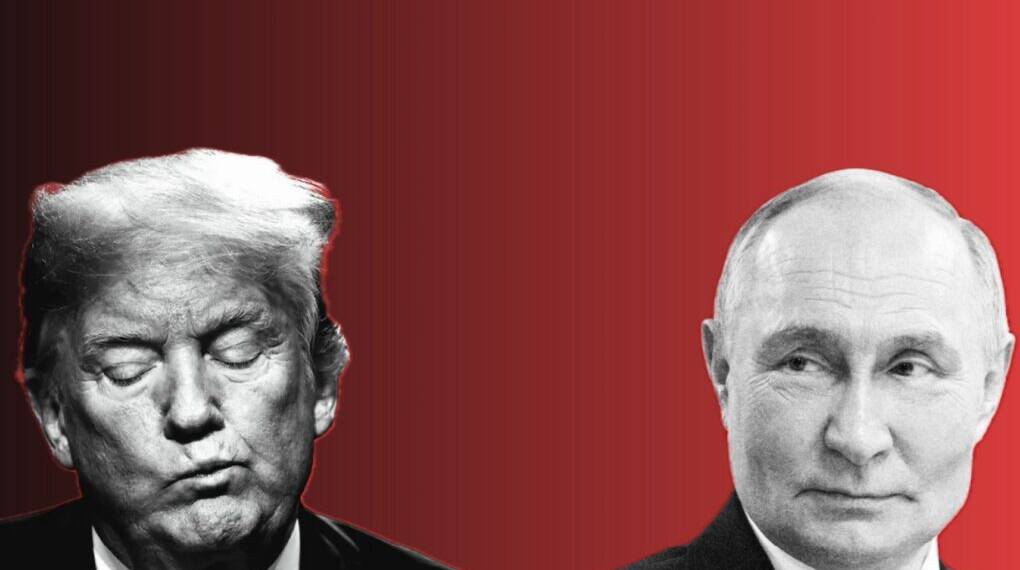US and Russian officials recently engaged in confidential discussions on several prospective energy deals during efforts to advance peace in Ukraine, sources familiar with the negotiations have revealed. These proposed deals are intended to serve as incentives—both for the Kremlin to accept a peace agreement and for Washington to consider easing sanctions that have heavily restricted Russia’s energy sector since the full-scale invasion of Ukraine in February 2022.
Energy Diplomacy as Leverage for Peace
The sanctions imposed in response to the war have isolated Russia from most international investment and complicated large-scale energy partnerships. Against this backdrop, energy sector cooperation is being floated as a means to unlock diplomatic progress. According to multiple sources, US and Russian officials explored the possibility of the American oil giant Exxon Mobil making a return to the Sakhalin-1 project in Russia’s Far East—one of the largest oil and gas ventures previously influenced by Western investment. Exxon withdrew from the project and took a significant financial loss in 2022 after the Kremlin seized its stake.
Another possible deal under review involved Russia purchasing American-made equipment for its liquefied natural gas (LNG) initiatives, particularly the Arctic LNG 2 project, which remains under strict Western export controls due to sanctions. The talks also reportedly included an unconventional proposal: the US buying nuclear-powered icebreaker ships from Russia to support strategic shipping and energy projects in the Arctic, a move with technological and geopolitical implications.
Strategic Motives Beyond Peace
These discussions happened while the US administration was increasing pressure on both Moscow and other global energy players. President Donald Trump recently threatened to ramp up sanctions should peace talks stagnate and announced new, significant tariffs on Indian imports in response to New Delhi’s continued purchasing of Russian oil. Such moves are calculated to diminish Russia’s energy export revenues and leverage, prompting Moscow to show flexibility at the negotiating table.
The timing of these energy negotiations aligns with a broader US objective: persuading Russia to rely more on American, not Chinese, technology for major projects in a bid to erode the increasingly close Moscow-Beijing partnership. This forms part of a wider American strategy to reassert influence in Eurasian energy and security affairs while reducing Russian dependence on Asian technology providers.
Behind-the-Scenes Diplomacy
The talks took place during US envoy Steve Witkoff’s visit to Moscow, which included meetings with Russian President Vladimir Putin and his investment advisor Kirill Dmitriev. Proposals around energy deals were also aired during an Alaska summit on August 15—and brought up for internal discussion in the White House. According to sources, Trump’s administration aimed for a high-profile announcement after the Alaska meeting, viewing an investment breakthrough as a tangible diplomatic win. Several of the discussions were described as preliminary, with neither Exxon Mobil nor the Russian energy firms Rosneft and Novatek providing public comment.
A White House official indicated that the Trump administration and its national security team remain actively engaged with both Russian and Ukrainian counterparts to forge a path out of the conflict, but stressed that further details of the energy proposals will not be negotiated in public due to national security considerations.
European Resistance and Investment Barriers
The prospect of rekindling major Western investments in Russia’s energy sector comes amidst strong European Union resistance. Brussels has maintained a policy line on phasing out Russian energy imports entirely by 2027 and opposes moves that would facilitate renewed gas flows into Europe from Russia. Earlier this year, US and Russian officials discussed ways to restore these gas flows but faced a firm EU blockade.
Notably, on the day of the Alaska summit, President Putin signed a decree that could allow foreign companies like Exxon Mobil to regain shares in Sakhalin-1—on the condition that investors advocate for the lifting of Western sanctions. With Exxon’s exit in 2022, the US-based oil major took a multibillion-dollar financial loss, highlighting the risk and complexity of any return.
Shifting Dynamics in LNG and Global Partnerships
In the realm of LNG, the Arctic LNG 2 project—driven by the Russian company Novatek—has suffered from US and European sanctions, including the curtailment of specialized ice-class vessels needed for Arctic operations. Novatek has employed lobbying efforts in Washington in an attempt to restore business ties and ease sanctions. Despite restrictions, Arctic LNG 2 resumed reduced operations this year, but continues to struggle with export challenges as a direct result of sanctions.
US officials have reportedly aimed to redirect Russia’s procurement policies toward Western technologies, in part to prevent a deepening of economic and technological ties between Russia and China—the latter having become a lifeline for several sanctioned Russian energy projects. Nonetheless, Chinese firms are slated to provide technology for Arctic LNG 2’s third processing train, underscoring the global competition for influence within Russia’s strategic industries.
Geopolitical Stakes and the Future of the Talks
The ongoing energy talks highlight the volatile intersection of geopolitics, energy security, and diplomatic negotiation surrounding the Ukraine conflict. While the US is weighing tactical relaxations in sanctions to influence Russian behavior, the process faces formidable obstacles from established policy positions in Europe, complex US domestic politics, and the uncertain calculus of the Kremlin under mounting economic strain.
As of August 2025, the proposals remain just that—proposals. No energy agreements have been finalized, reflecting the high stakes and fluid dynamics underpinning the search for peace in Ukraine and the future of Russian energy exports








